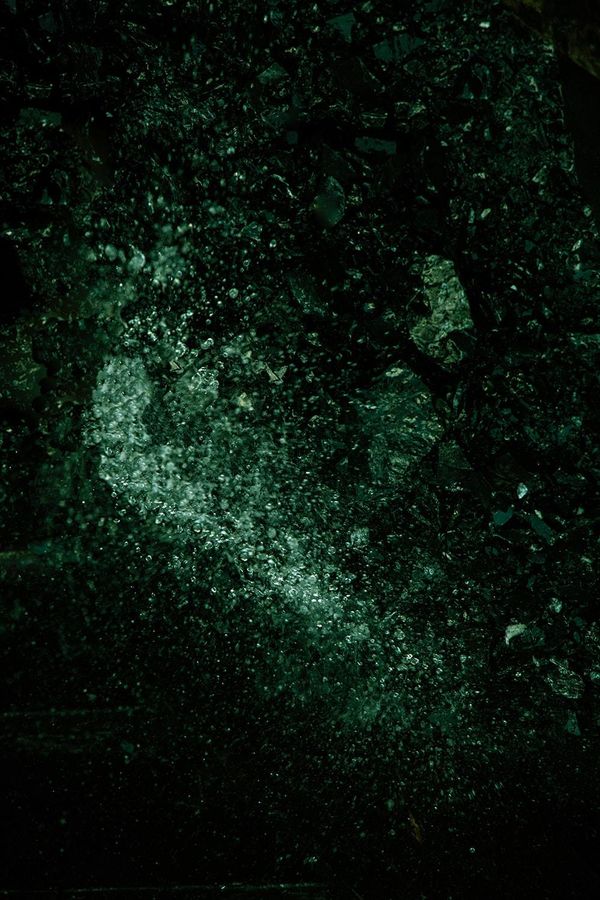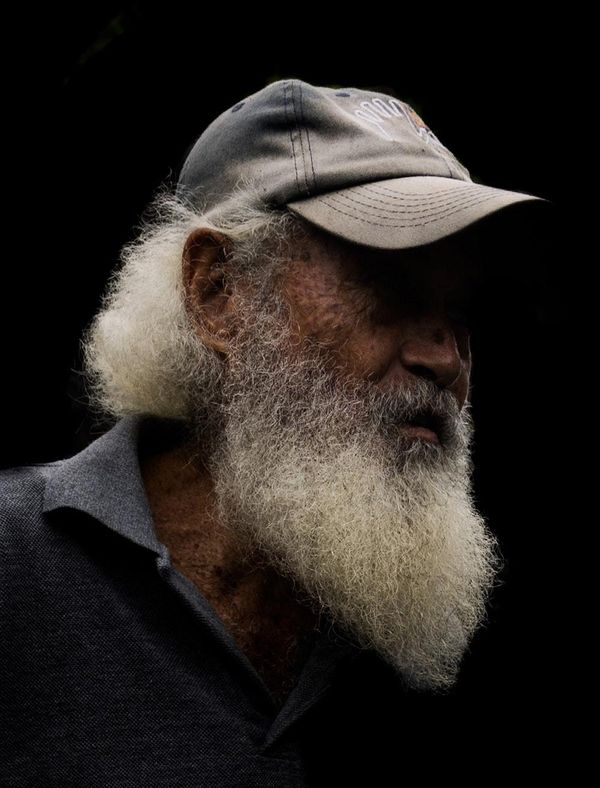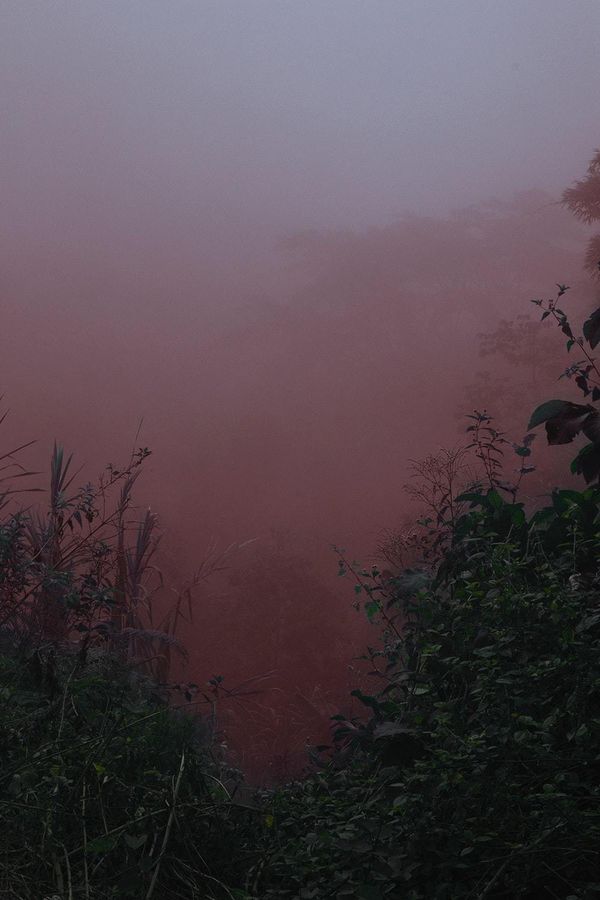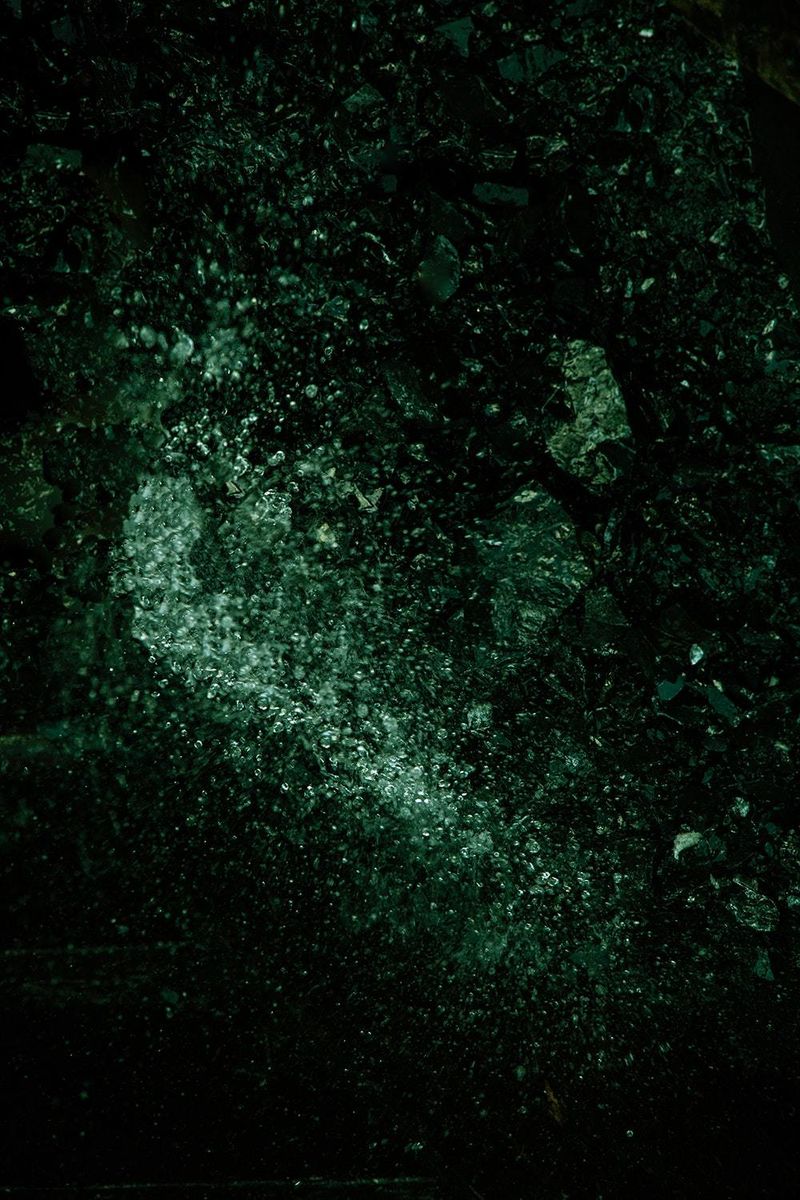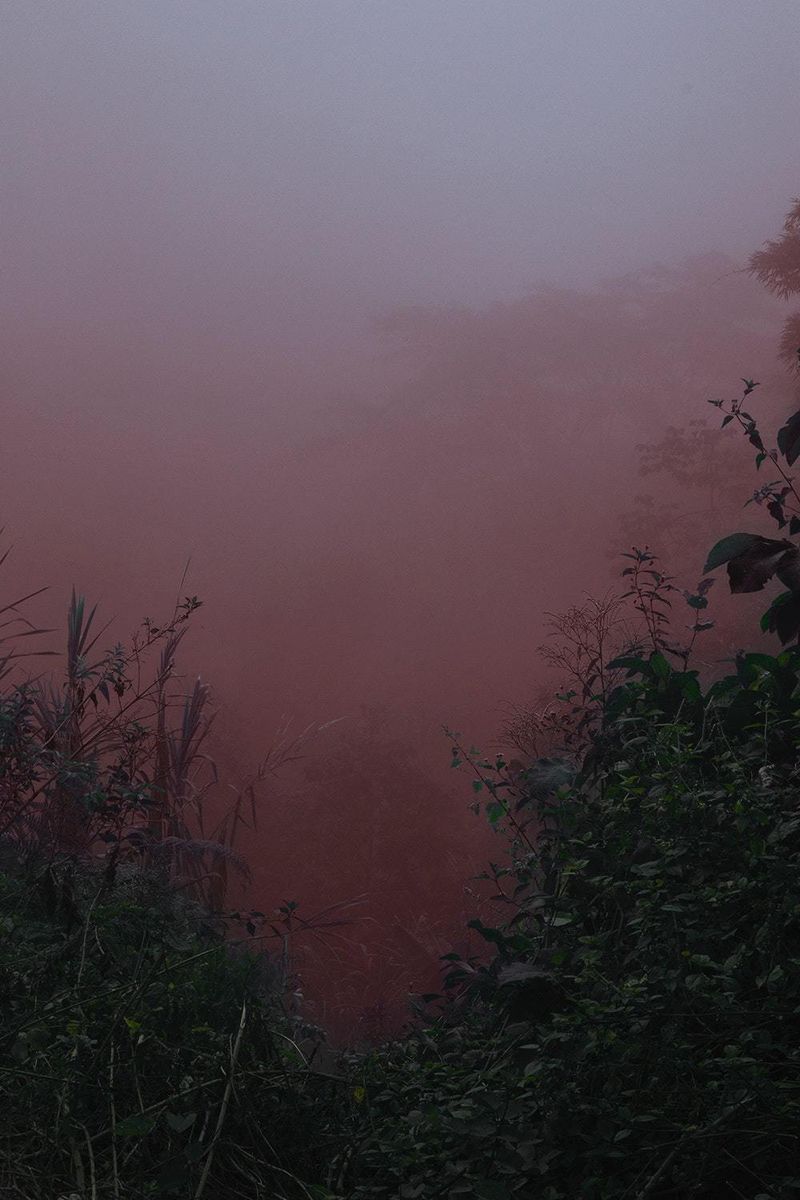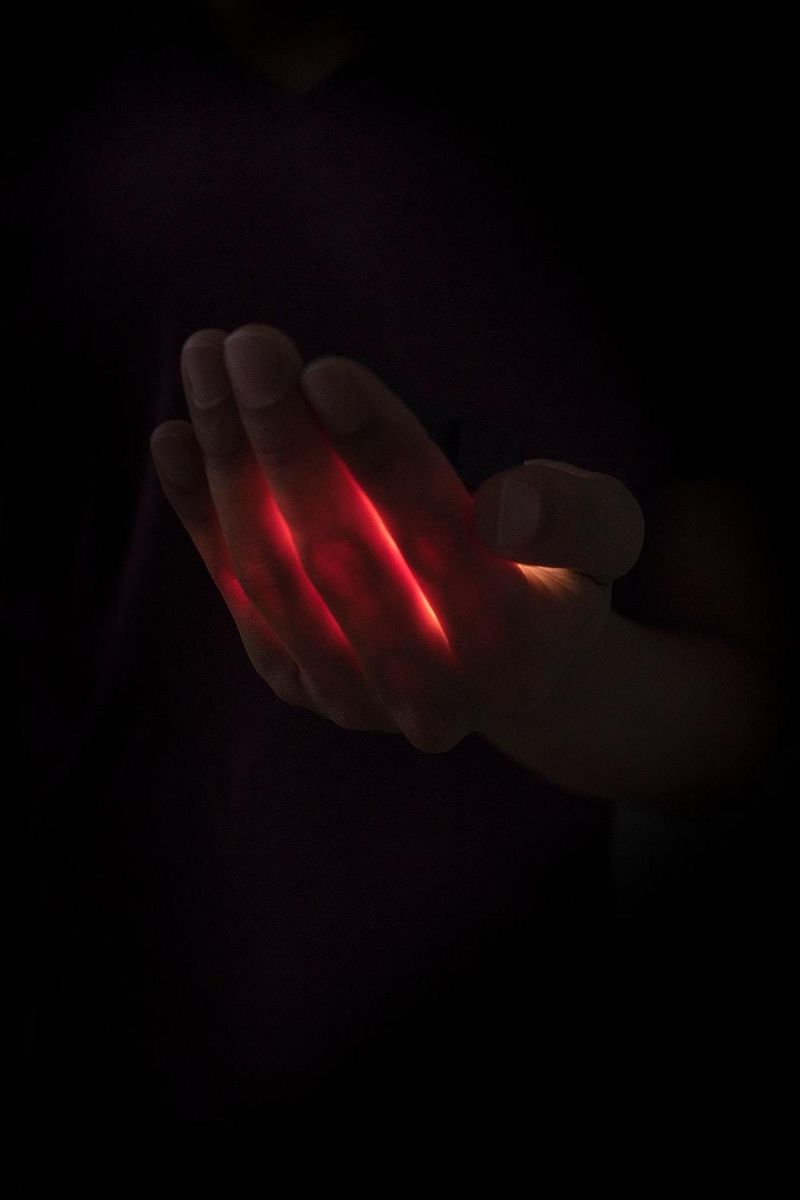Photographing the Sacred Character of Emerald Gemstones
-
Published20 Feb 2019
-
Author
Ana Nuñez Rodriguez travels to Boyacá, Colombia to investigate the spiritual power of emerald gemstones and the unique, ethereal bond that exists between them and modern-day artisanal miners.
Ana Nuñez Rodriguez travels to Boyacá, Colombia to investigate the spiritual power of emerald gemstones and the unique, ethereal bond that exists between them and modern-day artisanal miners.
The green emerald stone has been present throughout the history of Colombia, from pre-Hispanic times through to the present day. Its mountains, dwellings of the gods according to the beliefs of the Muzo indigenous people, shelter the emerald inside and they act as a vehicle towards a unique experience. According to popular legends, that instance of encounter with the stone is surrounded by an enigma.
Ana Nuñez Rodriguez began her project Flower Rock as a way to explore the open-air mining and artisanal methods of extraction that are today in danger of extinction. The project exalts the hidden condition of the landscape and the sacralisation of the emerald mining practice and recovers the popular beliefs around the emerald that go beyond the economic value and highlight the hidden power of the stone.
Your project Flower Rock is a personal interpretation of the emerald mining industry in Colombia. Why did you decide to approach this subject in the first place?
My husband's family is in the jewellery business. When we got married, they gave me emerald earrings; a national pride for them, something unique and genuine, the highest quality of emerald one can find. My father in law recommended me to wear the earrings because they radiated good energy and had the ability to neutralise negative fields. I took his advice and wore them. Maybe somehow, they had their magnetic effect on me because a few months after I decided to travel to Boyacá (where the largest quantity and the best quality of stones are extracted in Colombia) to research the power of the stone.
Since the first moment, I have been fascinated by the hidden condition of the landscape and the popular beliefs around the emerald, which go beyond its economic value. It highlights the instance of encounter with the stone that is surrounded by enigma. It is said that after finding a stone it is no longer possible to dedicate your time to do anything else. But it is not easy to find one, because the emerald only lets itself be found by whomever it chooses and although blue butterflies, a full moon, or the presence of ferns can be a sign there is no scientific method to detect it. I wanted to document this mystery that surrounds the emerald stone.
Your approach to the story feels different, perhaps less documentary or even photojournalistic as we may have encountered in your work it in the past. Why is that so?
The emerald stone does not have an industrial application, its only use is the joy of having it, and since pre-Hispanic times it has been connected to the history of Colombia. In this area of Boyacá where the indigenous muzos lived, a region always linked to the gemstone, the people value it highly and it was an important part of their culture and cosmogony. This sacred character of the mining is somehow still alive in the open-air mining and artisanal methods of extraction that nowadays are in danger of extinction because of the increasing number of international companies that came into the area to extract the stone.
This traditional approach to the mining will disappear and with it a rich cultural heritage that I wanted to document through my pictures. The images emerge from my encounters with artisanal miners where I translate their legends, beliefs, and stories into visual forms. Those ephemeral and suggestive moments associated with emeralds and the sacred character of this practice are the engine of my creative process.
Your style to the story seems to pay attention to those quiet beautiful moments that surround a situation. What’s your motivation behind that?
I do not seek to directly document the mining practice; I want the viewer to feel the enigma that surrounds the emerald, the so-called "green spell" characterised by an energetic flow between the stone and the human being. My visual approach is an atmospheric and sensorial trip to this spiritual bond with nature where I appeal to emotion and metaphors as a way of narrating to sensory mapping this ancient practice.
I composed dark images as a reference to the aesthetics of the mining landscape, where I use the different tones of green associated with the emerald and red - the opposite colour in the chromatic circle - to highlight the contrasting realities that I found there and to transport the audience to an unreal, dreamlike and astronomical world, similar to that which the idea of the emerald exists in.
In the past, Latin American female photographers have felt that stories in remote locations have not been given to women in the region as a result of their gender. What’s been your experience working on your story and gaining trust? Have you faced any challenges as a woman photographer?
During the realisation of the project, I met wonderful people who shared their knowledge with me and with whom I empathised, and I made beautiful friendships. Happily, they were not just men, because this is one of the few very demanding physical jobs in the area in which women abound. Yet, I have to say that there is a huge inequality in the photography field, and not just in Latin America. If we have a look at the festivals, publications, and exhibitions, the numbers show that there is still a gap between genders and that women are less represented. In my experience as a photographer, I can say that as a woman it is always more complicated to compete, in a field where most of the stories being revealed to us are through a male gaze.
-------------
Ana Nuñez Rodriguez is a Spanish photographer based in Colombia. She is currently undertaking a Masters in Photography and Society at KABK, Royal Academy of Arts The Hague, The Netherlands. Follow her on PHmuseum.
Verónica Sanchis Bencomo is a Venezuelan photographer and curator based in Hong Kong. In 2014, she founded Foto Féminas, a platform that promotes the works of female Latin American and Caribbean photographers. Follow her on Twitter and Instagram.
-------------
This article is part of In Focus: Latin American Female Photographers, a monthly series curated by Verónica Sanchis Bencomo focusing on the works of female visual storytellers working and living in Latin America
